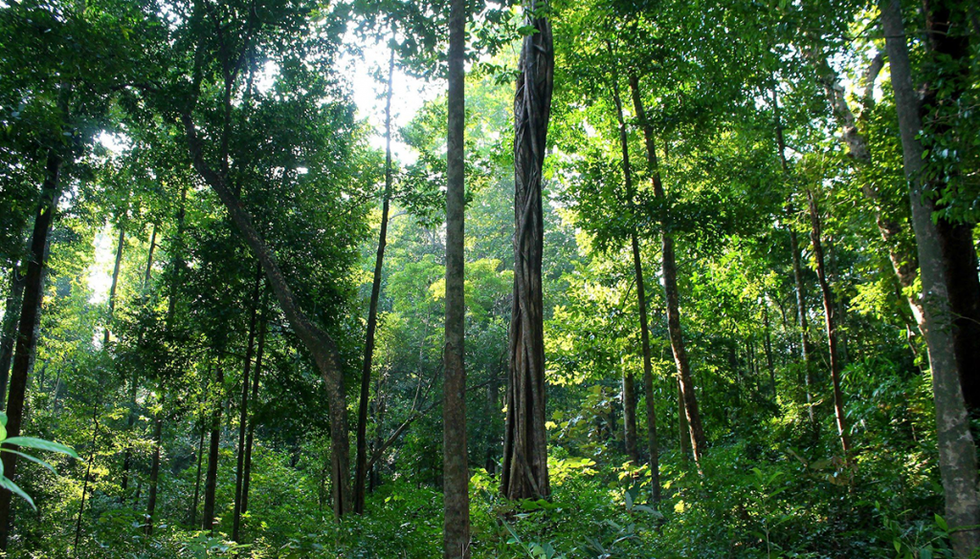About Raimona National Park:
- It is located in the state of Assam along the Indo-Bhutan border.
- Boundaries
- The northern part of it shares the Indo-Bhutan international border with Phibsoo Wildlife Sanctuary in Bhutan.
- Western part: It is marked by the Sankosh River along with the inter-state boundary of West Bengal and Assam from the Indo-Bhutan border.
- Eastern part of Raimona National Park, the Saralbhanga River (also called Swrmanga) flows southward from Sarphang district of Bhutan.
- Vegetation: It includes as many as twelve different types and sub-types of forests ranging from very moist sal forests, sub-Himalayan high alluvial semi-evergreen forests, savannah forests, moist-mixed deciduous forests, riparian fringing forests to khoir-sissoo forests.
- Flora: This park flourishes with myriads of orchid species, other tropical rainforest species, and riverine grasslands
- Fauna: Golden Langur shares its space with Asian Elephants, Royal Bengal Tiger, Clouded Leopard, Indian Gaur etc.
Key facts about Mainland Serow
- It is a mammal that appears somewhere between a goat and an antelope.
- According to the International Union for Conservation of Nature, the mainland serow inhabits areas at altitudes of 200-3,000 metres.
- Distribution: The animal habitat is across the India-Bhutan border in Phibsoo Wildlife Sanctuary and the Royal Manas National Park in the Himalayan country.
- There are three other species of the animal: Japanese serow, red serow (found in eastern India, Bangladesh, and Myanmar) and Taiwan or Formosan serow.
- Conservation status
- IUCN: Vulnerable
- CITES : Appendix I
